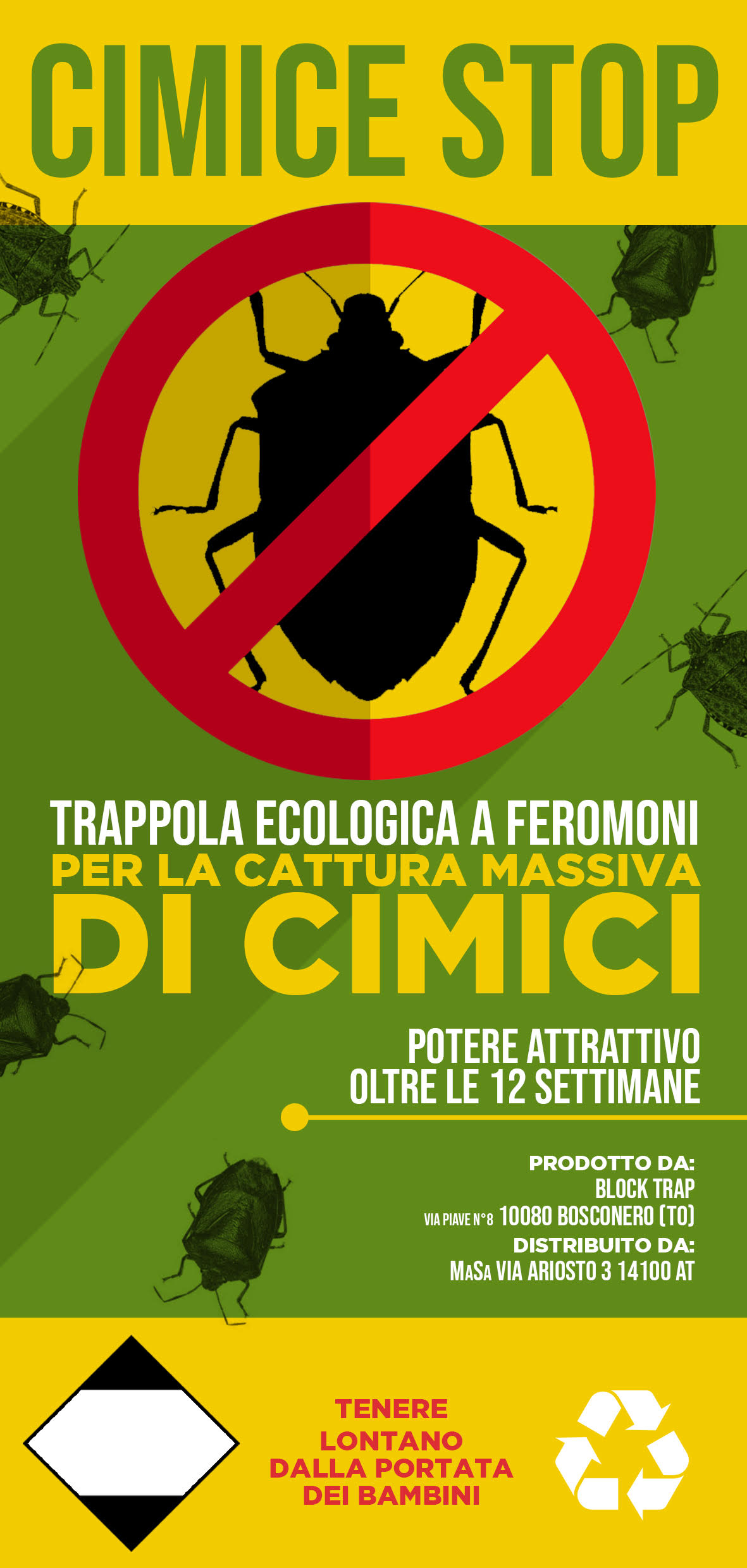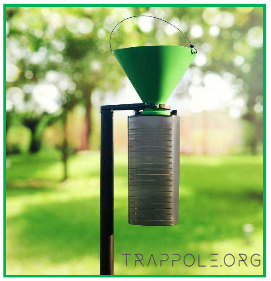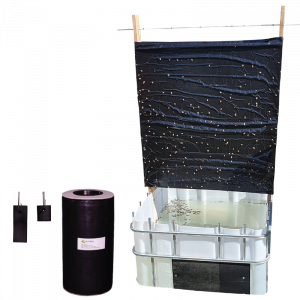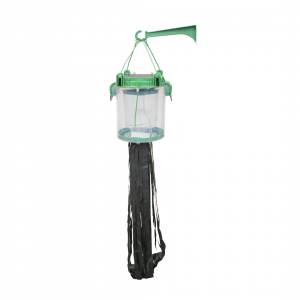One of the most striking features of tropical birds is their physical appearance. They come in a wide range of colors, shapes, and sizes, with some species sporting elaborate plumage and others having unique beak shapes. Behavioral traits of tropical birds are also noteworthy, with some species exhibiting complex courtship displays and others engaging in cooperative breeding.
Physical Appearance of Tropical Birds
| Species | Characteristics |
|---|---|
| Scarlet Macaw | Bright red, yellow, and blue feathers; loud calls; strong beaks for nuts and fruits. |
| Toucan | Large bill with vibrant colors; fruit-eaters; known for their loud calls. |
| Hummingbird | Small size; iridescent plumage; rapid wing flapping; feeds on nectar. |
| Harpy Eagle | Large raptor; powerful talons; preys on mammals and reptiles in rainforest canopies. |
| Flamingo | Pink and red plumage due to diet; long legs and neck; filter-feeders in shallow waters. |
Tropical birds are known for their vibrant and colorful plumage, which is often used for attracting mates or as a form of camouflage. Many tropical birds have bright feathers in shades of red, blue, green, and yellow, which can be seen in species such as parrots, toucans, and macaws. Some birds, such as the male peacock, have elaborate displays of feathers that are used to attract females during mating season.
In addition to their colorful feathers, tropical birds also have unique physical features that help them adapt to their environment. For example, some birds have long, curved beaks that are used for reaching into flowers or fruits to extract nectar or seeds. Other birds have sharp talons that are used for catching prey or climbing trees. Tropical birds also come in a variety of sizes, from the tiny hummingbird to the large ostrich. Some birds, such as the kiwi, have adapted to life on the ground and have lost the ability to fly altogether.
Overall, the physical appearance of tropical birds is diverse and fascinating, with each species having its own unique characteristics that help it survive in its environment.
Behavioral Traits of Tropical Birds
Tropical birds exhibit a wide range of behaviors that are unique to their species. Some birds are known for their elaborate courtship displays, which involve intricate dances, songs, and displays of colorful feathers. Others are highly social and form large flocks, while some are solitary and prefer to live alone. Many tropical birds are also known for their intelligence and problem-solving abilities, which they use to find food and avoid predators.
One of the most fascinating behavioral traits of tropical birds is their ability to mimic sounds and voices. Some species, such as parrots and mynas, are famous for their ability to imitate human speech and other sounds in their environment. This skill is thought to have evolved as a way for birds to communicate with each other and to defend their territory from potential threats.
Another unique behavior of tropical birds is their migration patterns. Many species of tropical birds travel long distances each year to breed and feed in different parts of the world. Some birds, such as the Arctic Tern, travel over 44,000 miles each year, making them one of the longest migratory birds in the world.
Overall, the behavioral traits of tropical birds are as diverse and fascinating as their physical appearance. By studying these behaviors, scientists can gain a better understanding of how these birds have adapted to their environment and how they contribute to the ecosystems in which they live.IV. Habitat and Distribution of Tropical Birds
Tropical bird habitats
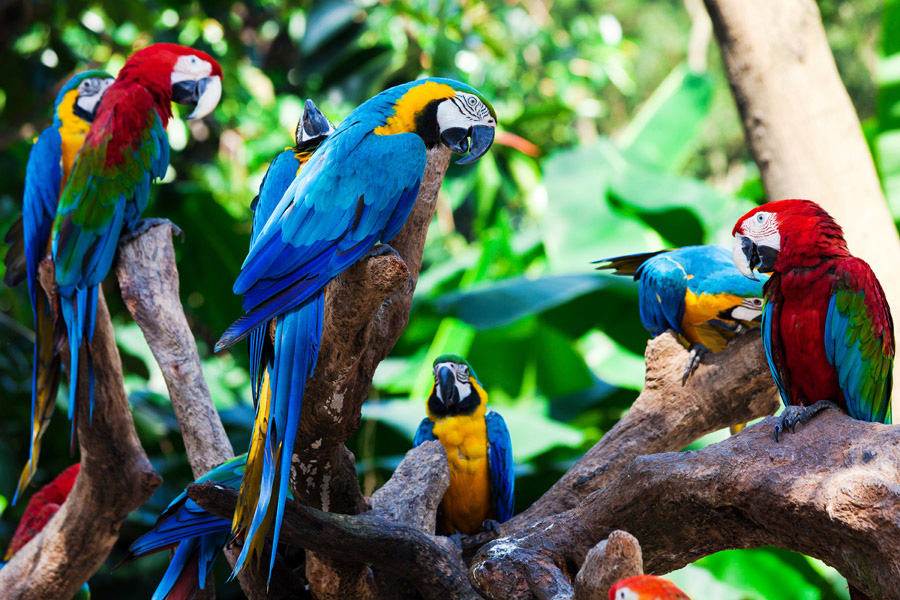
Tropical birds are found in a variety of habitats, ranging from rainforests and mangroves to savannas and coastal areas. They are most commonly found in regions near the equator, where the climate is warm and humid year-round. Many tropical bird species are endemic to specific regions, meaning they are found nowhere else in the world.
Rainforests are particularly important habitats for tropical birds, as they provide a diverse range of food sources and nesting sites. Many species of parrots, toucans, and hummingbirds are found in rainforests, where they feed on fruits, nectar, and insects. Mangroves are also important habitats for tropical birds, as they provide nesting sites and feeding grounds for a variety of shorebirds and waterfowl.
Savannas and grasslands are home to a different set of tropical bird species, including ostriches, secretary birds, and various species of raptors. These birds are adapted to living in open habitats, where they can hunt for prey and avoid predators.
Coastal areas are also important habitats for tropical birds, particularly for seabirds and wading birds. These birds feed on fish and other marine organisms, and often nest in large colonies on rocky cliffs or sandy beaches.
Food for Tropical Birds
One of the most unique aspects of the diet of tropical birds is their reliance on fruit. Many tropical trees and plants produce fruit year-round, providing a consistent food source for birds. Some birds, such as toucans and hornbills, have specialized bills that allow them to pluck fruit from trees and swallow it whole. Other birds, such as parrots and macaws, use their strong beaks to crack open hard-shelled nuts and seeds.
Insects are also an important food source for many tropical birds. Insects are abundant in tropical regions, and birds have evolved a variety of strategies for catching them. Some birds, such as flycatchers and swallows, catch insects on the wing, while others, such as woodpeckers and toucans, use their bills to probe for insects in tree bark.
Carnivorous tropical birds, such as hawks and eagles, prey on a variety of animals, including rodents, snakes, lizards, and other birds. These birds have sharp talons and beaks that allow them to capture and kill their prey.
Importance of Tropical Birds in Ecosystems
Tropical birds play a crucial role in maintaining the balance and health of their ecosystems. They are important pollinators, seed dispersers, and predators of insects and other small animals. Many tropical bird species have co-evolved with the plants and animals in their habitats, developing specialized adaptations that allow them to efficiently gather nectar, fruits, and seeds, or to catch prey in the dense vegetation.
One of the most important roles of tropical birds is their contribution to the pollination of plants. Many tropical bird species have long, curved bills that are perfectly adapted to reach the nectar of flowers. As they feed, they transfer pollen from one flower to another, ensuring the fertilization and reproduction of the plants. Without the pollination services of tropical birds, many plant species would not be able to reproduce and would eventually disappear from the ecosystem.
Tropical birds are also important seed dispersers.
They eat fruits and berries, digesting the pulp and excreting the seeds in their droppings. This process helps to spread the seeds across the ecosystem, allowing new plants to grow and colonize different areas. Some tropical bird species are particularly effective seed dispersers, such as the toucans and hornbills, which have large bills that can crack open hard fruits and disperse the seeds over long distances.
In addition to their roles as pollinators and seed dispersers, tropical birds are also important predators of insects and other small animals. They help to control the populations of pests and maintain the balance of the ecosystem. Some tropical bird species, such as the flycatchers and kingfishers, are particularly adept at catching insects and small fish, respectively.
Overall, tropical birds are essential components of their ecosystems, contributing to the health and diversity of the plants and animals that live there. Their unique adaptations and behaviors have evolved over millions of years, and they continue to play important roles in the complex web of life in tropical regions. It is important to recognize and appreciate the value of these birds and to work towards their conservation and protection.
Threats to Tropical Bird Populations
Tropical birds face a range of threats that put their populations at risk. One of the biggest threats is habitat loss due to deforestation, urbanization, and agricultural expansion. As their natural habitats are destroyed, tropical birds lose their nesting sites, food sources, and protection from predators. This can lead to declines in population size and even extinction.
Another major threat to tropical birds is climate change, which can alter their habitats and disrupt their breeding patterns. Rising temperatures, changing rainfall patterns, and more frequent extreme weather events can affect the availability of food and water, as well as the timing of migration and breeding. This can lead to mismatches between the birds and their environment, reducing their chances of survival.
Habitat loss and climate change
In addition to habitat loss and climate change, tropical birds are also threatened by hunting, poaching, and the pet trade. Many species are prized for their colorful feathers, meat, or as pets, leading to overexploitation and illegal trade. This can further reduce their populations and disrupt their ecological roles.
Overall, the threats to tropical bird populations are complex and interconnected, and require a multifaceted approach to address. Conservation efforts must focus on protecting and restoring their habitats, reducing the impacts of climate change, and addressing the illegal trade and hunting of these birds. By working together to protect tropical birds, we can help ensure their survival and maintain the biodiversity of our planet.
Conclusion: Appreciating the Diversity of Tropical Birds
In conclusion, tropical birds are a fascinating group of avian species that possess unique characteristics and adaptations that enable them to thrive in their respective habitats. From their vibrant and colorful plumage to their complex social behaviors and specialized diets, tropical birds are a testament to the diversity and complexity of life on Earth.
However, despite their importance in maintaining the ecological balance of tropical ecosystems, many species of tropical birds are facing threats from habitat loss, climate change, and human activities such as hunting and poaching. It is therefore crucial that we take steps to protect and conserve these birds and their habitats, not only for their own sake but also for the benefit of future generations.
By appreciating the beauty and diversity of tropical birds, we can gain a deeper understanding of the natural world and our place in it. Whether through birdwatching, conservation efforts, or simply learning more about these amazing creatures, we can all play a role in preserving the rich tapestry of life that exists in tropical regions around the world.













